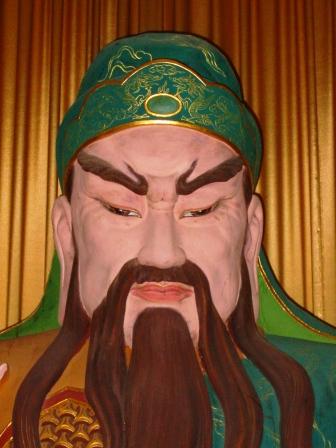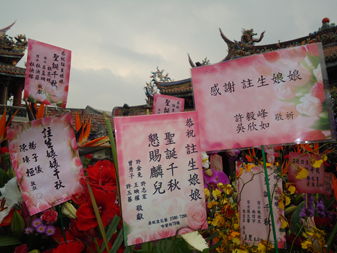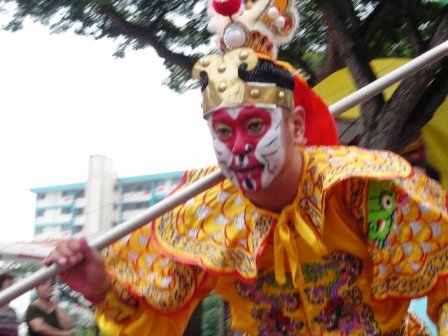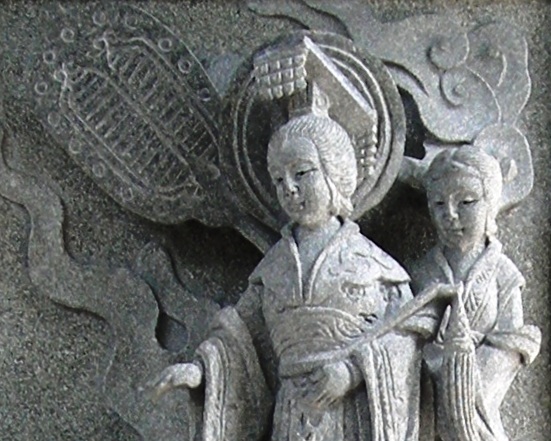Chinese Religion 宗教
The concept of Chinese religion often creates much confusion especially for people coming from monotheistic faiths. That should not be surprising since the concept of religion was conceptualized in the west and introduced into Asia.
Historically, China did not have a concept similar to religion. The closest equivalent is "Jiao" (教) loosely translated as school of thought and the three main schools of thought are Taoism, Confucianism, and Buddhism.
Confucianism, Buddhismand Taoism 儒释道
A distinct attribute of these schools of thought being that each do not deny the validity or the existence of the others. Most Chinese are influenced by ideas from all three teachings and together they create the Chinese sense of seeing and being.
Hence, it is entirely acceptable for an individual to be associated and to participate in the teachings and activities of all three. Simply put, it is unproblematic for a person to participate in a Taoist ritual in the morning, attend a Confucius meeting in the afternoon and join a Buddhist group in the evening.
Religion as a fluid concept
In Chinese places of worship, it is common to see Buddhas and Bodhisattva in Taoist temples and Taoist deities in Buddhist monasteries.
In South East Asia, Chinese places of worship frequently incorporate regional influences from Thai, Indian and even Malay sources. Chinese also frequently worship in Thai temples, Malay Karamats and Hindu temples.
This integration or very fluid interactions can come across as confusing to people from or familiar with monotheistic faiths where borders of each faith and identities of their followers are clearly lineated with little room for cross interaction.
Confusion
This historical background coupled and its concept of religion naturally creates a confusing starting point to understand Chinese religion.
It is also confusing from an administrative sense. Since the word “religion” was exported and used in Asia, it has been included in population consensus with misleading results.
In a typical Chinese family, it is common to have both Buddhist and Taoist deities and to celebrate both Buddhist and Taoist festivals. Yet, in survey forms, Chinese families are asked to identify if they are Taoist or Buddhist among other faiths.
Results from such surveys, if not interpreted wisely, definitely paint a very different picture of the religious landscape.
Conclusion
The most productive approach to learn Chinese religion is to let go of preconceived ideas of “Religion” and seek to understand cultural practices from the Chinese’s perspective.
Think of Taoism, Confucianism, and Buddhism as different threads used to weave a tapestry. Any attempts to segregate each type of threat will inevitable destroy the entire tapestry.
Instead, step back to admire the complex ways in which each thread contribute to the beauty of the entire system.
Related Articles:
|






